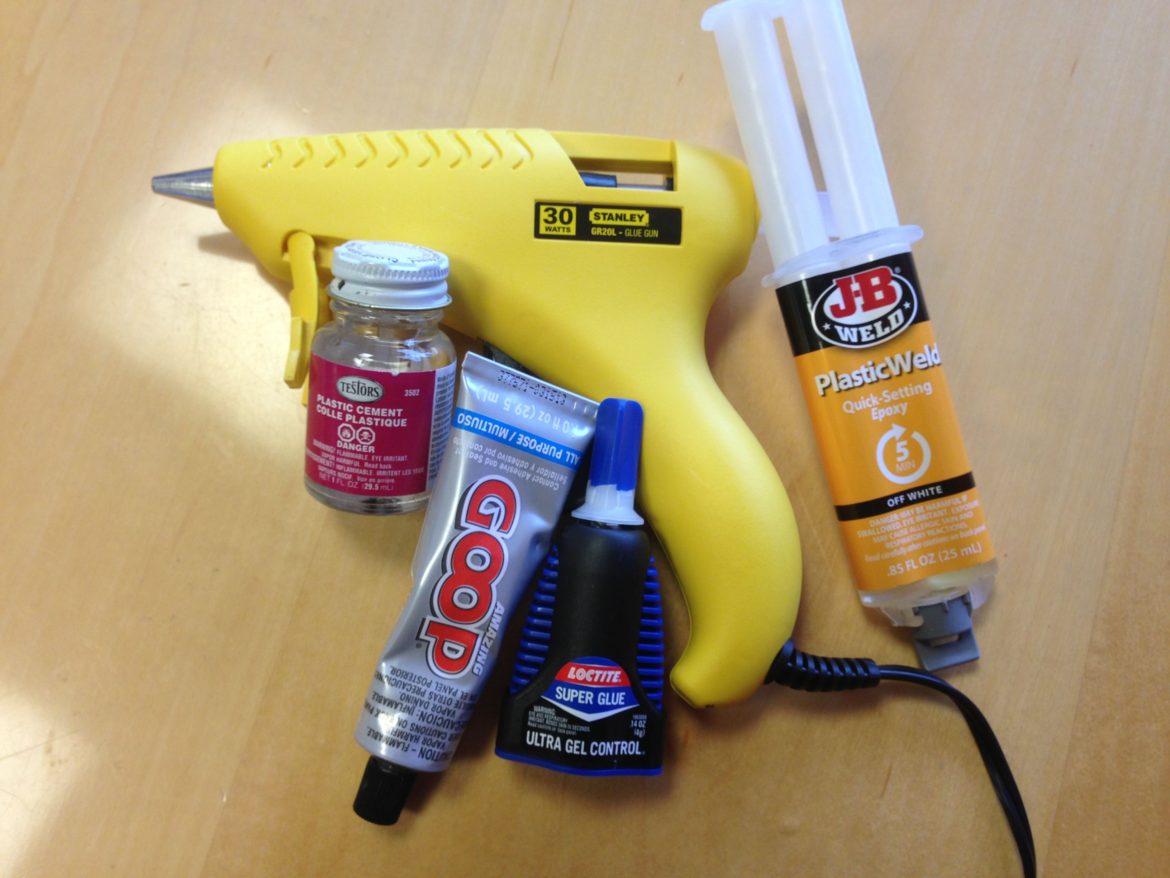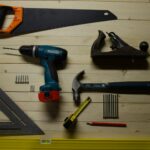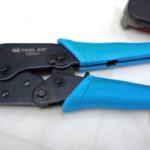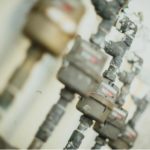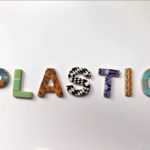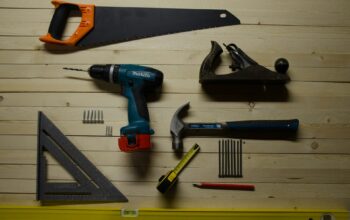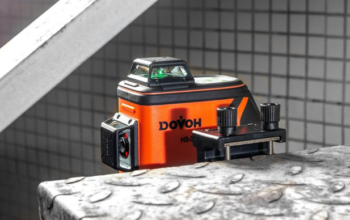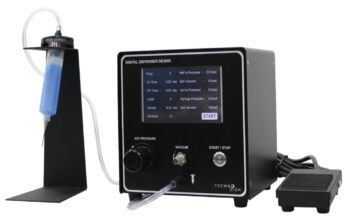In everyday life many of us have to deal with a problem of broken plastic. It can be repaired by hand very rarely, so, gluing it back together always seems to be more reliable. A review of the best kinds of glue for various types of plastic and their adhesive bonding technology can clarify what to use for bonding plastic pieces together.
The most popular brands of adhesives in the US are:
- Pratley
- Duco Cement
- E6000
- Plastruct Plastic Weld
- Testor’s Cement
- Loctite
- Gorilla
- Oatey
The advantages and drawbacks of each of these products are described here: https://cosyhousehold.com/best-glue-for-plastic/
In this article we will discuss specific features of glue selection and how it depends on the type of plastic it is intended for.
Identifying the type of plastic
Before bonding plastic, it is important, first of all, to determine the type of material the broken item is made of. Identifying it is critical for bonding, and it also helps to avoid any further damage to the product because many adhesives are solvents for plastic parts.
More often manufacturers put a recycling symbol on their products, which facilitates the identification of the type of plastic. The symbol represents a triangle with arrows drawn on its sides with numbers between 1 and 7 inside.
Another indication of the type of plastic is the letter symbol inside the triangle or the one located next to it. When you are familiar with these symbols, you can determine what type of plastic it is and, therefore, what kind of glue is needed for this particular type of plastic.
Marking
1 or PET is polyethylene terephthalate. The area of ??application: food packaging. It is used in manufacturing of synthetic fibers, plastic packaging for liquid food products, and film.
2 or HDPE is a high-density polyethylene via low-pressure process. It is used in production of thermo contractible films and packages.
3 or PVC – polyvinyl chloride (PVC) used in manufacturing of linoleum and plastic windows.
4 or LDPE – low-density polyethylene via high-pressure process. They are used for manufacturing of food plastic, plastic bags, wrappers and bottles, greenhouse film, packing containers, toys for children, and pipes.
5 or PP – polypropylene; due to its inertness and heat resistance (you can keep it under hot steam and even boil it) it is widely used in production of food-grade packaging. The material is also largely used in medicine (disposable syringes, catheters), in manufacturing of household appliances, heat-resistant utensils and plastic pipes for hot water supply.
6 or PS-polystyrene. This kind is used in production of disposable tableware (cups for food), interior plastic paneling for refrigerators. Polystyrene expands into a porous insulating material (foam plastic) which is widely used in construction and production.
7 or O (Other) – materials that cannot be recycled (a combination of foil, paper and polymer materials) or that do not belong to the previously mentioned groups.
One way to determine the kind of plastic that has no identification symbols is a combustion test. Each material burns differently and emits a particular smell, which helps to determine the type of plastic.
Markings on adhesives
Apart from plastic they mark adhesives designed for plastic with identification symbols, although this identification hardly ever matches the recycling symbols. To know what glue to use for bonding of plastic, they mark the glue with one of the following letters:
Identification symbols for plastic (click to enlarge)
- polycarbonate – PC;
- acrylonitrilecopolymer – ABS;
- polypropylene – PP;
- organic glass – PMMA;
- polyethylene – PE;
- PVC – PVC;
- polystyrene – PS;
- polyamide – PA 66;
- polyurethane – PUR.
Quite often, there is no point in looking for markings on the glue pack: you can read the instructions that explain in detail what kinds of materials the glue is intended for and how it bonds plastic.
Types of glue
There are plenty of types of plastic products out there, and they are widely used in everyday life, which means that gluing of plastic can be done with the help of a wide range of adhesives, by using different methods.
One of the methods of gluing is to soften the surface of the parts to be bonded with the right solvent (dichlorethane for plexiglass or polystyrene); once they come in contact, the seam bonds securely. You can use the same method and prepare the glue yourself by dissolving small plastic cutting waste.
Liquid glue
These adhesives are popular in households and are easy to use. There are two types of them: with solvent and water-based. Here is the concept of the first one: water or a solvent evaporates from the glue applied to the surface of a plastic part, the seam dries up and solidifies, and the parts bond very firmly.
Such adhesives can glue plastic to porous materials that allow air to pass through, otherwise water with a solvent will not evaporate and the glue will not solidify.
Contact glue
The name of this glue speaks for itself: before gluing plastic pieces together, we spread the glue on the surfaces of both objects and 10 – 15 minutes later we press them against each other firmly. There are two types: with or without solidifying agent.
Reactive adhesives
There are single-component and two-component kinds of adhesives. The first kind, when applied to the surface, solidifies very quickly due to its interaction with oxygen or water vapor. The glue of this kind is also commonly known as super glue. It is famous for its ability to bond objects to obtain a rigid, lasting seam.
Two-component kinds of adhesives have a solidifying agent and a fixing agent which are kept separately. They get mixed immediately before their application. After their application to the surface, under the influence of environmental conditions, they gradually begin to solidify and bond parts together. They are resin-based; the most famous resins are polyurethane, epoxy, polyester.
Hot melt glue
It is a different type of glue: it acquires its adhesive properties at high temperatures. The glue is placed in a special gun where it is heated up to 110 -120 degrees C, and afterwards that hot glue is applied to plastic.
Conclusion
Before gluing plastic, it is necessary to identify its type by looking at the symbols on the package, comparing its properties with the description or physical experiments (combustion, solubility). After that, it should not be difficult to get the right glue for plastic and glue it on your own following the instructions.
Adhesives contain toxic materials, so at home, before gluing plastic, it is necessary to ensure proper ventilation of the room.
Related Posts

